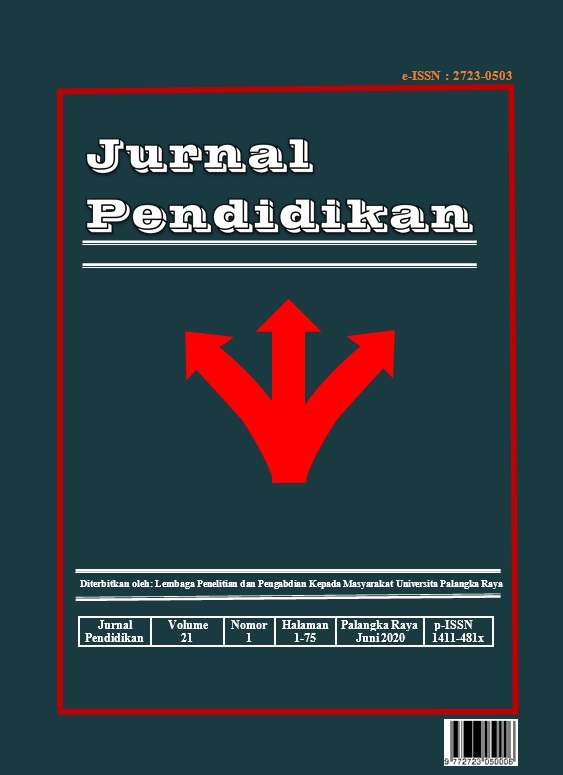Analisis Kontrastif dalam Pembelajaran Pelafalan Bunyi Segmental Bahasa Inggris
Kata Kunci:
Contrastive Analysis, Pronunciation Learning, English Segmental SoundsAbstrak
Contrastive analysis is aimed to identify aspects of the differences or
dissimilarities between two or more languages being contrasted. There are
two kinds of approach in contrastive analysis, applied contrastive analysis
and pure contrastive analysis. Applied contrastive analysis is aimed to solve
pedagogical problems, while the pure one is aimed to study language
typology. Applied contrastive analysis is discussed in this article. There are
two procedures to contrast the components of contrasted languages, they
are (1) description and (2) comparison. Based on the results, English
vowels which are difficult to pronounce by Indonesian students are (1) long
vowel sounds (tense vowels) [i:, u:, ?:, ?:, ?:]and (2) short vowels sounds
(lax vowels) [æ]. Contrastive analysis is included into structural linguistics
which has many significances, namely (1) to overcome the difficulties in learning a foreign language; (2) to predict the students’ difficulties in
learning a foreign language, and (3) the foreign language teachers can
utilize the results of contrastive analysis to arrange learning materials.
Unduhan

Unduhan
Diterbitkan
Cara Mengutip
Terbitan
Bagian
Lisensi
Hak Cipta (c) 2020 JPN

Artikel ini berlisensi Creative Commons Attribution-NonCommercial-NoDerivatives 4.0 International License.




